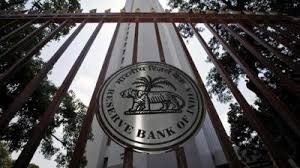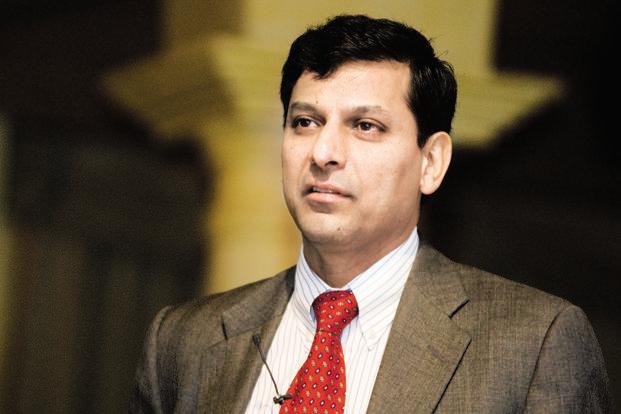Last week, I got this mail from my bank:
Dear customer,
XXXX Bank is delighted to invite you to participate in the pilot of digital rupee (e₹), a new form of currency launched by the Reserve Bank of India. e₹ is a legal tender, similar to sovereign paper currency, and is issued in a digital form by the Reserve Bank.
You are selected to be part of the Closed User Group (CUG) and get a glimpse of the future of digital currency in India. You can transact e₹ through a digital wallet being offered by XXXX Bank. This e₹ wallet will be like your physical wallet in a digital form on your device.
Register on the digital rupee app and create a digital rupee wallet.
Withdraw and deposit digital rupee. Send or receive digital rupee.
Pay merchants accepting digital rupee.
Finally, it says,
“To participate in the e₹ pilot and activate your wallet, please download the e₹ by clicking below….
While I was deliberating on what I should do, I came across two fruit venders at Fort, near the RBI central office on Shahid Bhagat Singh Marg in Mumbai, accepting e₹. They have QR code scanners for e₹ transactions.
The RBI targets daily one million e-rupee transactions by December but bankers say it could be achieved as early as in September. In June, there were 1.3 million customers and 0.3 million merchants. There has been a substantial pick-up in transactions in July.
The pilot project for retail customers started in December 2022. A month before, on November 1, India joined the league of 50 countries that have been in an advanced stage of exploring digital currency. According to a recent Bank for International Settlements survey, close to two dozen central banks across emerging and advanced economies are expected to have digital currencies in circulation by the end of the decade.
The CBDC tracker of Atlantic Council, an American think tank in international affairs, says at least 105 countries, representing over 95 per cent of the global GDP, are exploring CBDC. In May 2020 when the Covid pandemic hit the world, only 35 nations were into it.
The RBI kicked off the first CBDC pilot project for the wholesale segment with secondary market trades in government bonds. On Day 1, nine banks were involved in buying and selling government securities worth Rs275 crore in the secondary market, using CBDC. The overall trading volume was Rs20,865 crore on that day.
It also means tokenisation of securities, which records the beneficial interests in a bond on a distributed ledger technology or DLT-based ledger instead of computerised book entries. As a Hong Kong Monetary Authority note says, this is more than changing the format of securities bookkeeping. It brings the bond as well as other relevant financial instruments, parties and activities onto a single digital platform and facilitates their interaction, substantially reduces cost, and makes possible end-to-end automation. In the long run, it empowers investors.
But the fact remains that since the launch, the trading volume has been coming down. What was in hundreds of crores of rupees daily at the initial stage has come down drastically to far less than a hundred crore now.
This has not deterred the RBI from taking it forward to the interbank call money market. This is stage II of the wholesale CBDC pilot project. In the call money market, a bank typically borrows from another bank for a day (or longer in case a holiday comes in between) to meet liquidity needs, including reserve requirements.
Moving from central bank paper currency to CBDC is a challenge and every central bank is trying to explore how it will affect the banking system. It may have an impact on bank deposits, and hence their ability to lend and, of course, customer behaviour. There are concerns and reticence. This is why the RBI is taking a calibrated, step-by-step approach.
The use of CBDCs for wholesale payments is easier as all interbank transactions are already digital and there is no use of cash. Only when an individual uses CBDCs for buying sundry stuff, the purpose of supplementing cash will be achieved.
Like credit card, internet banking and wallets, the CBDCs will be part of the payments system — just another way of paying for goods and services through a wallet. There are many such wallets operating in the Indian financial system. The CBDC will be one of them with a difference — it will be issued by the nation’s central bank, and distributed and managed by commercial banks.
The RBI is experimenting with a centrally controlled database for the retail project as distributed ledger or blockchain technology will not be able to handle the scale of the Indian population.
Enticing retail customers to use CBDC is not easy as UPI or Unified Payments Interface has been doing phenomenal on the payments turf. It is a payment system that allows users to link more than one bank account in a single smartphone app and make fund transfers without any reference of either the IFSC code or the account number. This is a payment system where funds are credited instantly on a real-time basis.
UPI registered 9.96 billion transactions in July, valued at Rs15.34 trillion, according to the National Payments Corporation of India data. UPI transactions are expected to account for 90 per cent of retail digital transactions volume in the next five years, up from 75.6 per cent in 2022-23.
Why would anybody shift from UPI to CBDC? What are the advantages of CBDC over UPI? A seeming disadvantage is that while using UPI, since it’s a movement of money largely from one bank to another, the user enjoys the interest on the fund. This hurdle can be overcome once the banks introduce the sweeping system where at the end of the day, or after a certain limit, money flows back to the bank’s fold.
While UPI and CBDC will be interoperable, in terms of payments experience there seems to be no difference. Simply put, CBDC is an efficient alternative to UPI.
But it has two distinct advantages over UPI.
First, it is very close to paper currency when it comes to anonymity. There will be no trail of CBDT transactions in cyberspace. Provided it gets the legal backing, anonymity for digital transactions is guaranteed. Of course, over a certain amount the transactions will be tractable in sync with the Anti-Money Laundering and Combating the Financing of Terrorism laws. This is true about cash transactions done through the banking channel as well.
Second, and an even bigger advantage, is reduction in cost and time of cross-border transactions. Right now, such transactions involve multiple banks in different geographies under different time zones and regulatory jurisdictions. The rent-seeking correspondent banks always make such transactions expensive. Once the technology linkage between CBDCs of two countries is established, such transactions can happen real-time at a fraction of the current cost.
This column first appeared in Business Standard
The columnist is a Consulting Editor with Business Standard and Senior Adviser to Jana Small Finance Bank.
His latest book: Roller Coaster: An Affair With Banking
Twitter: TamalBandyo
Website: https://bankerstrust.in



